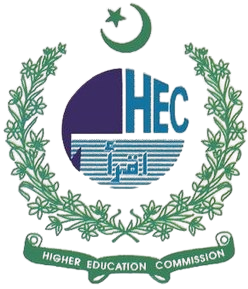REPRESENTATION OF PASHTUN SOCIAL IDENTITY IN URDU DRAMA: A GENDERLECT ANALYSIS OF SANG-E-MAH
DOI:
https://doi.org/10.63878/jalt994Abstract
By the analysis of Pakistani drama serial Sang-e-Mah, this study investigates how different speech patterns used by men and women known as genderlect styles are displayed in Pashtoon social life. Tannen's Genderlect theory, which claims how men and women mostly use language differently, serves as the basis for this study. Different themes from her theory, such as males desire status against women desire connection, report talk versus rapport talk, public versus private speaking, and how they tell stories, listen, ask questions, cope with conflict, and make use of body language, are being studied in Pashtoon society. A qualitative method is used to investigate chosen dialogues from the drama, concentrating on how these different linguistic patterns represent social norms and gender roles in Pashtun society. According to the findings, men speak primarily to showcase authority, maintain their public image, and deal directly with problems, whereas women speak to develop relationships, express feelings, and maintain family peace and harmony. The characters in Sang-e-Mah drama truly represent how language reflects not only gender differences, along with the culture and norms of the society where they live. The analyzed data shows how language is directly related to social identity, especially in rich traditional cultures like the Pashtoon culture. It contributes to the ongoing research on Genderlect style by investigating how culture impacts the way men and women interact and relate to one another.
Downloads
Published
Issue
Section
License

This work is licensed under a Creative Commons Attribution-NonCommercial-NoDerivatives 4.0 International License.


